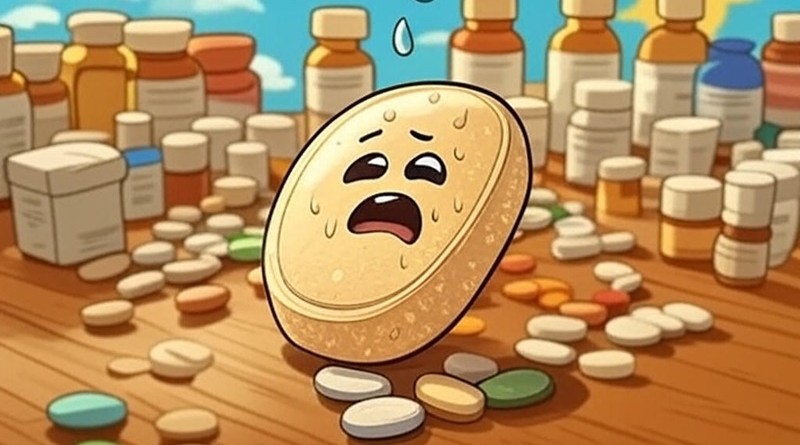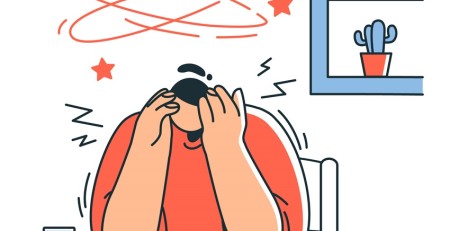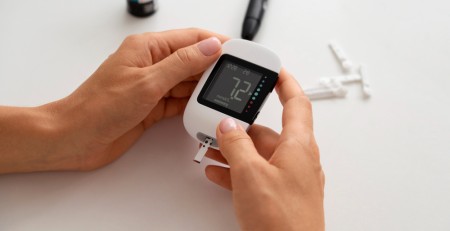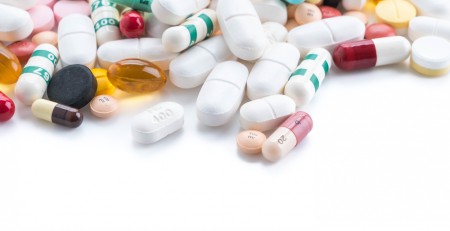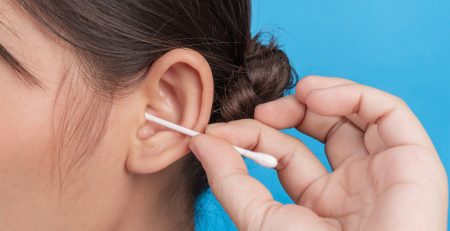Guide to Store Your Medication Safely
Proper medication storage is crucial to ensure your prescriptions remain safe and effective. Incorrect storage conditions, like extreme heat or cold, can alter a medication’s potency or even make it harmful. Whether you’re at home, traveling, or outdoors, understanding how to store your medications correctly can save you from potential health risks. Below, we explore temperature guidelines, signs of temperature-related damage, and practical tips for handling medications in various scenarios.
- Room Temperature Storage: Most medications, including capsules, tablets, and topical creams, should be stored at 20°C to 25°C (68°F to 77°F).
- Refrigerated Medications: Some medications, like insulin and certain eye drops, require storage between 2°C to 8°C (36°F and 46°F).
- Temperature Excursions: Exposure to extreme heat or cold can reduce a medication’s effectiveness or make it unsafe. Visible changes (e.g., altered color or texture) may occur, but damage isn’t always visible.
- Action Steps: If you suspect improper storage, inspect the medication, check its packaging, and consult a pharmacist before use.
Why Proper Medication Storage Matters
Like perishable foods, medications are sensitive to their environment. Heat, cold, and humidity can degrade their chemical composition, reducing effectiveness or creating harmful byproducts. Storing medications correctly ensures they work as intended and remain safe for use.
General Storage Guidelines
Room Temperature Medications
Most prescription and over-the-counter medications should be stored at 20°C to 25°C (68°F to 77°F) in a cool, dry place. Ideal locations include:
- A nightstand or bedroom drawer.
- A kitchen cabinet away from sinks, stoves, or other heat sources.
Avoid these areas:
- Bathrooms: High humidity from showers can degrade medications.
- Cars: Temperature fluctuations, especially in hot weather, can damage medications.
- Windowsills: Direct sunlight can cause overheating.
Refrigerated Medications
Certain medications require refrigeration at 2°C to 8°C (36°F to 46°F) to maintain stability. Examples include:
- Insulins: Lantus (insulin glargine), Tresiba (insulin degludec).
- Liquid Antibiotics: Augmentin (amoxicillin/clavulanate), cephalexin suspension.
- Biologics: Humira (adalimumab), Dupixent (dupilumab).
- Eye Drops: Xalatan (latanoprost), Azasite (azithromycin).
- Suppositories: Promethegan (promethazine), indomethacin.
Tips for Refrigerated Medications:
- Store them away from the freezer compartment to prevent freezing.
- Use a thermometer to monitor fridge temperature.
- If left out too long, consult a pharmacist before use.
Medications to Avoid Freezing
Freezing can permanently damage most medications, causing changes in consistency (e.g., clumping in liquids or crystal formation in insulin). Always store medications away from cooling elements in refrigerators.
How Temperature Affects Medications
When medications are exposed to temperatures outside their recommended range—a “temperature excursion”—their safety and efficacy can be compromised.
Effects of Heat
- Degradation: Heat can break down active ingredients, reducing potency. For example, aspirin exposed to heat may form salicylic acid and vinegar, potentially causing stomach irritation.
- Byproducts: Harmful chemical byproducts may form, posing health risks.
- Physical Changes: Medications may melt, stick together, or change in appearance.
Effects of Cold
- Consistency Changes: Cold can cause liquids to clump, separate, or form crystals (e.g., insulin). These changes may persist even after warming.
- Reduced Effectiveness: Cold-damaged medications may not deliver the intended dose.
- Freezing Risks: Frozen medications are often unusable and should be discarded.
How to Spot Temperature-Related Damage
Check for these signs of potential damage:
- Appearance: Cracked, chipped, or discolored tablets; clumpy or separated liquids; cloudy or crystallized injectables.
- Texture: Pills that are softer, harder, or stick together.
- Scent: Unusual odors, like a vinegar-like smell in aspirin.
- Packaging: Warped, warm, or damaged containers.
Note: Some medications may appear normal but still be unsafe. When in doubt, consult a pharmacist.
What to Do After a Temperature Excursion
If you suspect a medication was exposed to extreme temperatures:
- Inspect the Medication: Look for visible signs of damage.
- Check Packaging: Review storage instructions or warnings on the label.
- Contact a Pharmacist: They can assess the situation, contact the manufacturer, or recommend a replacement.
- Contact the Manufacturer: Many companies provide customer service lines for specific storage questions.
- Discard if Frozen: Most frozen medications are unsafe and should be replaced.
- Dispose Safely: Ask your pharmacist about proper disposal methods, such as drug take-back programs.
Pro Tip: Manufacturers conduct stability tests to determine how medications withstand temperature extremes. While this data isn’t public, pharmacists or manufacturers can provide guidance based on these studies.
Special Considerations for Travel and Outdoor Storage
Traveling or spending time outdoors requires extra care to maintain proper medication storage.
Refrigerated Medications
- Use an insulated cooler bag with ice packs, ensuring medications don’t touch the ice directly to avoid freezing.
- Monitor the temperature with a portable thermometer.
- For short trips, ask your pharmacist if the medication can tolerate brief periods without refrigeration.
Air Travel
- Keep medications in your carry-on or personal item, not checked luggage, as cargo holds experience extreme temperature swings.
- Carry a doctor’s note or prescription label for controlled substances or injectables to ease security checks.
- For refrigerated medications, use a cooler bag with ice packs and inform TSA agents if necessary.
Road Trips and Hot Weather
- Never leave medications in a parked car, where temperatures can exceed 38°C (100°F) quickly.
- Use the car’s air conditioning to keep medications cool while driving.
- Avoid storing medications in the trunk, which can become significantly hotter than the passenger area.
Outdoor Activities
- For hiking or camping, use a portable cooler for refrigerated medications or store room-temperature medications in a shaded, insulated bag.
- Avoid exposing medications to direct sunlight or prolonged heat.
Additional Tips for Safe Medication Storage
- Use a Medication Organizer: For daily doses, ensure the organizer is kept in a stable, room-temperature environment.
- Monitor Storage Conditions: Consider a hygrometer to track humidity in storage areas.
- Check Expiration Dates: Temperature excursions can accelerate degradation, especially in medications nearing their expiration.
- Emergency Preparedness: In power outages, prioritize refrigerated medications by using a cooler with ice packs and contacting your pharmacist for guidance.
When to Seek Professional Advice
If you’re unsure about a medication’s safety after improper storage, don’t take it. Contact:
- Your Pharmacist: They can provide tailored advice or facilitate replacement.
- The Manufacturer: Use the customer service number on the packaging for specific storage data.
- Your Healthcare Provider: They can prescribe a replacement if needed.
Storing medications correctly is as important as taking them on time. By keeping most medications at 20°C to 25°C (68°F to 77°F) and refrigerated ones at 2°C to 8°C (36°F to 46°F), you can ensure they remain safe and effective. Always check for signs of damage after a temperature excursion and consult a pharmacist before use. With these guidelines, you can confidently manage your medications at home or on the go.
For more information, visit resources like this Guide For Medication Storage or contact your local pharmacy.

